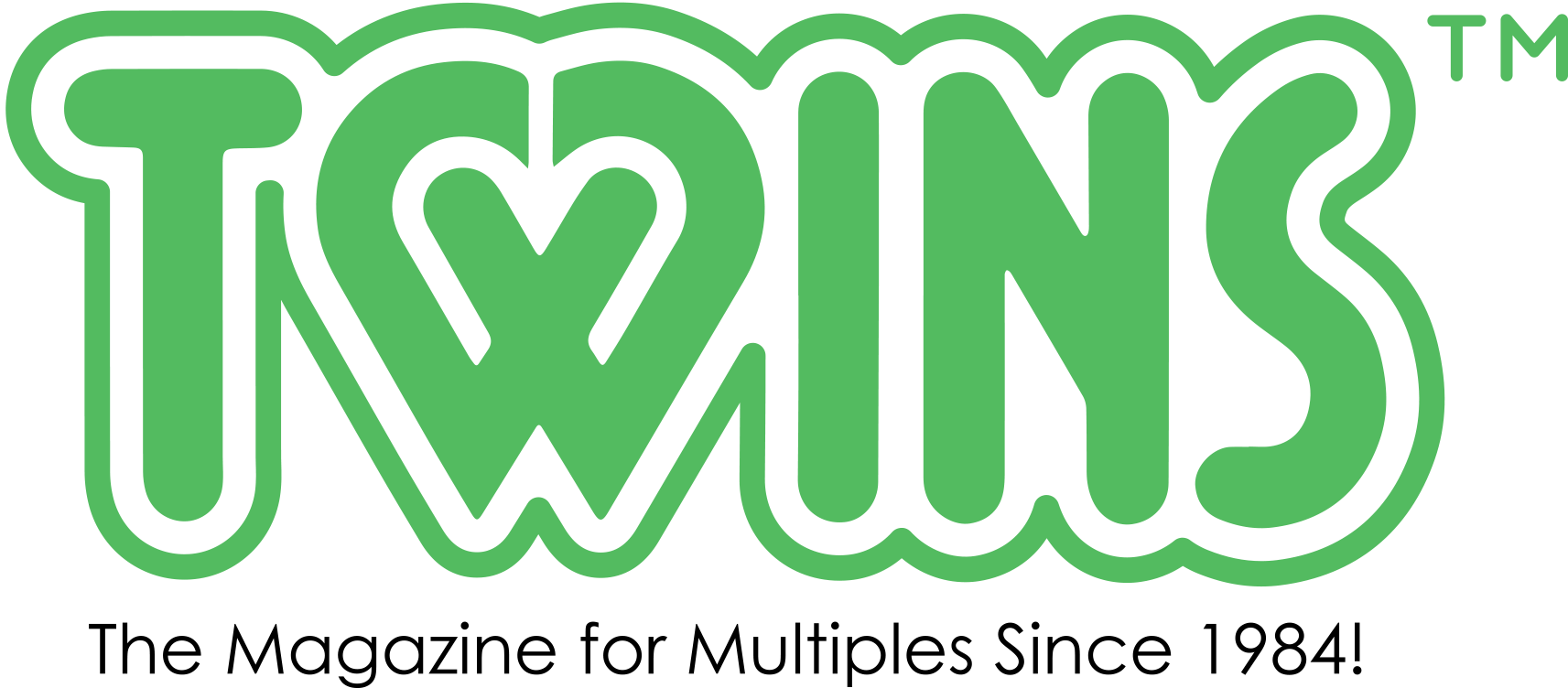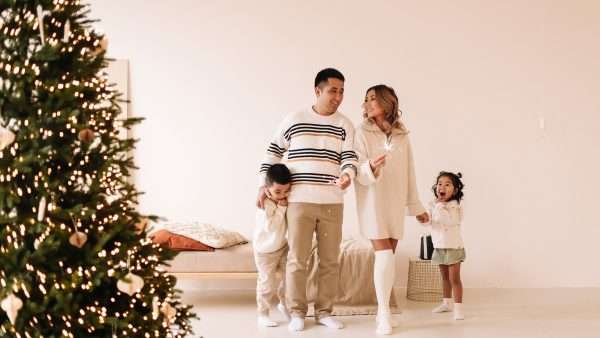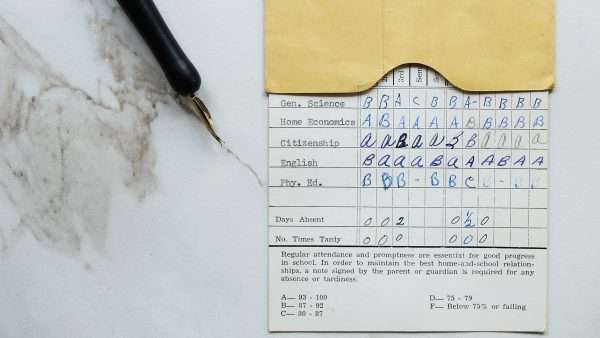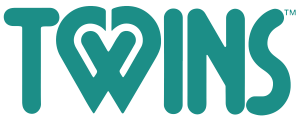As a mother of twins, I understand the motivation to give your children every opportunity and advantage to learn and grow. As a speech-language pathologist, I’ve seen the benefits of using sign language to supplement the communication skills of children with developmental delays. But is sign language the magic pill to produce smarter and brighter children?
Is it really worth the effort to teach signs to children who are also learning speech at a typical rate? Will it cause them to rely on signs instead of speech?
In 1996 when my daughters were about 6 months old, I began working at a United Cerebral Palsy Center.
The children I worked with had severe impairments and struggled with traditional speech therapy. I decided to teach simple signs from American Sign Language (ASL) to some of the children and their teachers, to empower them to have more successful communication interactions. Because my sign language skills were rusty, I borrowed a series of videotapes to help me re-learn simple, functional signs such as “more” and “diaper.” I took the tapes home and began practicing my repertoire of signs with my daughters. Before long, I noticed my twins were watching the signs.
I got along with the words I was saying. Like other babies at this age, they made attempts to imitate my movements but didn’t seem to connect the meaning with the movement until they were about 12 months old. My girls used some simple signs, along with speech, to let me know more about their world and about their wants and needs. As their speech skills increased and my job changed to adult-only therapy, we gradually stopped signing at home. According to the research and experts in the field of signing with babies, I jumped off the boat too quickly.
Benefits of signing
According to Dr. Joseph Garcia, educator, researcher and author of Sign With Your Baby, the benefits of signing with your children are enormous. While working as a sign language interpreter, he observed that hearing babies of deaf parents expressed their needs at a much earlier age than babies who were not exposed to sign language. His subsequent research confirmed this observation, noting that babies with regular exposure to signs at 6 or 7 months could begin expressing simple ideas through signing as early as their eighth or ninth month. Dr. Garcia states: “…parents are not giving speech or signs to a child, but are giving language to a child.”
Sign language use will not delay speech development. In fact, additional research in this area shows children who sign actually begin to speak earlier and have larger vocabularies than children who do not learn sign language. Although Dr. Garcia promotes the benefits of exposure to signs with children of any age, he recommends starting to use signs with your children around the age of 8 months.
Because babies understand language before they are able to effectively express their ideas, sign language provides a wonderful opportunity for young children to communicate with their parents and caregivers.
Speech is a complex process that typically takes several years for children to master the basics, while simple signs that don’t require extensive fine motor skills can be learned and used by children as young as 6 months of age. Babies naturally use gestures to communicate, such as raising their arms when they want to be picked up or pointing to a bottle when they are hungry. Use of a signing system, such as American Sign Language (ASL) or “home signs” (signs created by parents based on gestures), along with spoken words, makes language accessible to children at a younger age. When kids can effectively communicate, they are less frustrated and have more successful interactions with others.
Children who learn to sign are empowered to interact and change their environment. This can be as basic as making a clear choice between juice and milk or communicating that a diaper is wet, by signing instead of crying. Parents of children who sign are able to put themselves in their children’s minds and understand their world while their children are at a vulnerable age. The process of learning and using signs stimulates cognitive processes such as eye acuity and deductive reasoning, and also provides parents with an amazing opportunity to engage their children and themselves in a learning process that benefits them both.
Signing in a multiples family
Parents and caregivers of multiples may especially benefit from signing. As any mother of young multiples can tell you, it is very time-consuming to figure out why your children are crying and frustrated so they can be calmed and their needs met. Parents hear the cries, observe the frustration and play a guessing game to solve the problem, running through a list of possibilities: wet, hungry, thirsty, teething, sleepy. Parents of multiples who sign have discovered that signing bridges the gap and takes some of the guesswork out of caring for their babies.
Obviously, signing will not eliminate all crying episodes, but babies cry for a reason. Crying is a non-verbal and nonspecific way for babies to let their parents and caregivers know they need attention. Often with multiples, when one baby cries, the sibling joins in and parents are confronted with a chorus of crying babies. If children learn to communicate needs by signing to a receptive caregiver, some crying jags and temper tantrums may be eliminated. It is important to note that one twin may not necessarily sign to his or her twin until after 2 years of age, so parents of multiples shouldn’t expect signing between babies until their children are older.
Choosing a system
For parents who are interested in signing with their multiples, different approaches and systems are available. Some use American Sign Language (ASL) and some recommend “home signs.” There are advantages and disadvantages to both systems.
Because ASL is already established (and is the third most widely used language in the United States), children who learn signs from ASL are at an advantage when signs are used in settings away from home, such as daycare or preschool. Some standard signs from ASL, however, may be too complex until children’s fingers are more nimble.
“Home signs” are created by parents and are custom-made to meet the individual needs of your family. For example, the sign for the family dog is likely to be different from the ASL sign for dog, which requires finger snapping. These “home signs” may not be recognizable to people who strictly use ASL, but may meet the practical communication needs of families with young children.
How signing grows
The most important aspect of signing with your children is to focus on the process as an amazing adventure. First, parents learn signs, usually starting with the most functional signs such as “eat” and “more.” Next, parents use these signs, along with speech, in normal, everyday interactions. Parents don’t sign every word they say. In fact, only keywords—the words that carry the most meaning—are signed. Rather than forcing children to move their hands a certain way, parents teach their children signs by using the signs themselves. Children observe, imitate, and eventually connect that a specific sign, along with the spoken word, has meaning and power. Some children may make this connection almost immediately, others may observe for months before actually using a sign themselves.
Over time, parents and children add to their signing vocabulary. After initial signs are learned, and as children’s fine motor skills and communication needs increase, sign language may also increase in complexity.
More than the latest trend
Sign language for babies appears to be more than the latest trend in child development.
It is a research-based approach to communication that may benefit both parents and children by helping busy parents become more engaged and in tune with their children and their needs. Whether you accomplish this with your multiples by using sign language or by other means, the benefits of communicating well with your children is always worth the effort.






